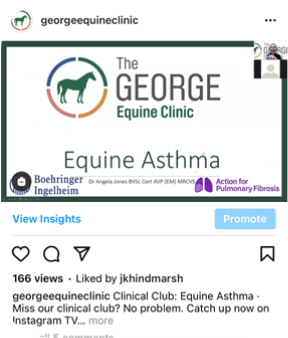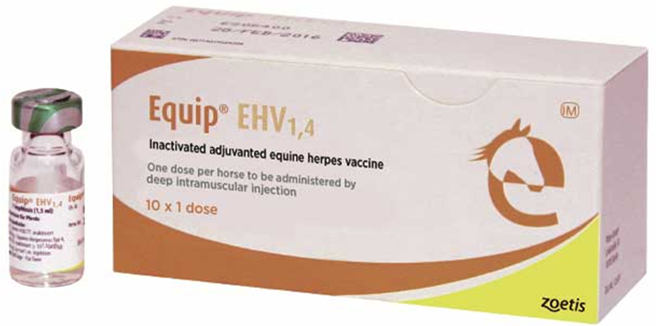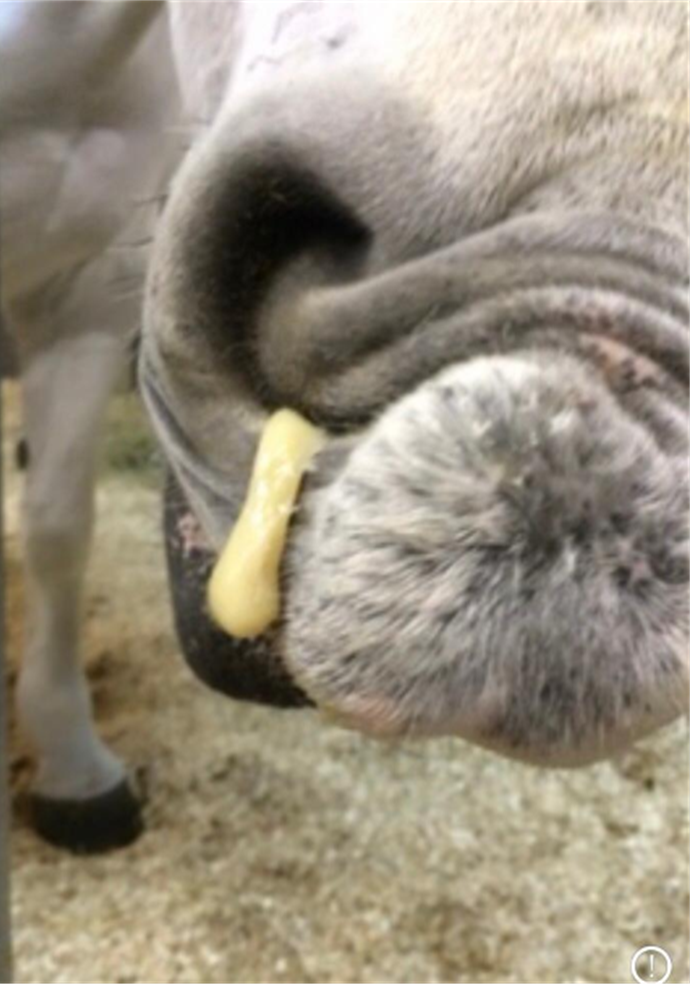News
DOWNLOAD YOUR SEASONAL NEWSLETTER

Welcome to our summer newsletter! It has been so nice to see all our lovely clients starting to get out and about whether for competitions, fun rides or lessons. We know it has been a long time coming and we really can't wait to hear how you are all getting on.
Events for the diary
Many of you have already joined us for our informative talks held over Zoom this Spring, which have included topics such as Equine Asthma, Eyes, Laminitis and Skin diseases. If you missed out, then don't panic as these are all available to rewatch via our Instagram page. We hope to hold further talks via Zoom in the coming months until we are able to finally see you again in person. Keep a look out for what is to come on our Facebook and Instagram pages and please feel free to get in touch with any topic requests you might have.We hope to hold a summer social for all our clients with a BBQ and drinks in the coming months as we all have a lot of catching up to do since COVID struck last year. As soon as we are able to start planning and able to follow COVID guidelines safely we will send out more information.
Worm egg count reminder
IT'S THAT TIME OF YEAR AGAIN TO SEND US YOUR HORSE'S POO! The time is again upon us when we recommend you send us a sample of your horse's poo for a worm egg count. As a practice we recommend following a strategic worm control plan (worming your horse based on the results of faecal worm egg counts), as it reduces the development of drug resistant worms, as well as being the most cost-effective approach. Remember, worm egg counts are included as part of our healthy horse club membership.
Equine Herpes Virus (EHV) vaccine
As discussed in our Spring newsletter, Equine Herpes Virus (EHV) cases continue to be diagnosed across the UK. With demand for the vaccine against EHV 1 & 4 soaring following the outbreak of disease at an international event in Spain, we are now happy to be able to once again offer vaccinations to our clients, with the production by manufacturers now caught up. We do not always recommend vaccination against EHV, for example in the face of an outbreak on the same yard, so do please feel free to call us to discuss this with one of our vets.
Strangles
Strangles is a topic that can cause uproar across the equine community due to the easy spread of the infectious disease, movement restrictions required on yards/competition centres, financial implications associated with it's management, and difficulties caused by the progression and spread of disease. Since COVID-19 we hope more of our equine owners will be more understanding of the difficulties which can be faced with testing and managing this disease in an outbreak situation.
 Strangles is a highly contagious, bacterial, respiratory infection caused by Streptococcus equi equi. It can affect horses, ponies and donkeys of all ages. Clinical signs can include pyrexia (high temperature), nasal discharge, enlarged lymph nodes, inappetence, lethargy and coughing. The bacteria are shed in nasal discharge or in pus draining from open abscesses. The disease can be spread by direct contact between horses or indirect contact on equipment or personnel. It can take between 3-14 days from a horse being infected by the bacteria to presentation of clinical signs.
Strangles is a highly contagious, bacterial, respiratory infection caused by Streptococcus equi equi. It can affect horses, ponies and donkeys of all ages. Clinical signs can include pyrexia (high temperature), nasal discharge, enlarged lymph nodes, inappetence, lethargy and coughing. The bacteria are shed in nasal discharge or in pus draining from open abscesses. The disease can be spread by direct contact between horses or indirect contact on equipment or personnel. It can take between 3-14 days from a horse being infected by the bacteria to presentation of clinical signs.
Diagnosis is usually based upon results of a nasopharyngeal swab or endoscopy to sample within the gutteral pouches. However, confirming a diagnosis of Strangles is not always straight forward, depending upon the stage of clinical disease of an individual horse. There is also a blood sample to check for antibodies against the Strangles bacteria which may be used as part of an outbreak management plan. Any horse suspected of having strangles should be isolated from others until results of diagnostic tests are back. As vets, we will then put in place a yard plan which includes preventing any movement of horses on/off the yard, isolating any suspicious cases and their in-contacts, and ensuring good biosecurity measures are in place.
Treatment is usually symptomatic nursing care but should be tailored to individual case requirements. Most horses will recover and stop shedding the bacteria after approximately 6 weeks, however approximately 10% of positive cases will go on to become carriers. These carriers are persistently infected and can continue to spread disease without showing any outward clinical signs. It is therefore very important to work with your vet during any outbreak to make sure that all horses are free from strangles before they are released from isolation.
If you would like to discuss the biosecurity measures in place at your yard or have questions relating to the disease please feel do get in touch. For more information the Strategy to Eradicate and Prevent Strangles (STEPS) booklet provided by The BHS is a good place to start reading.



